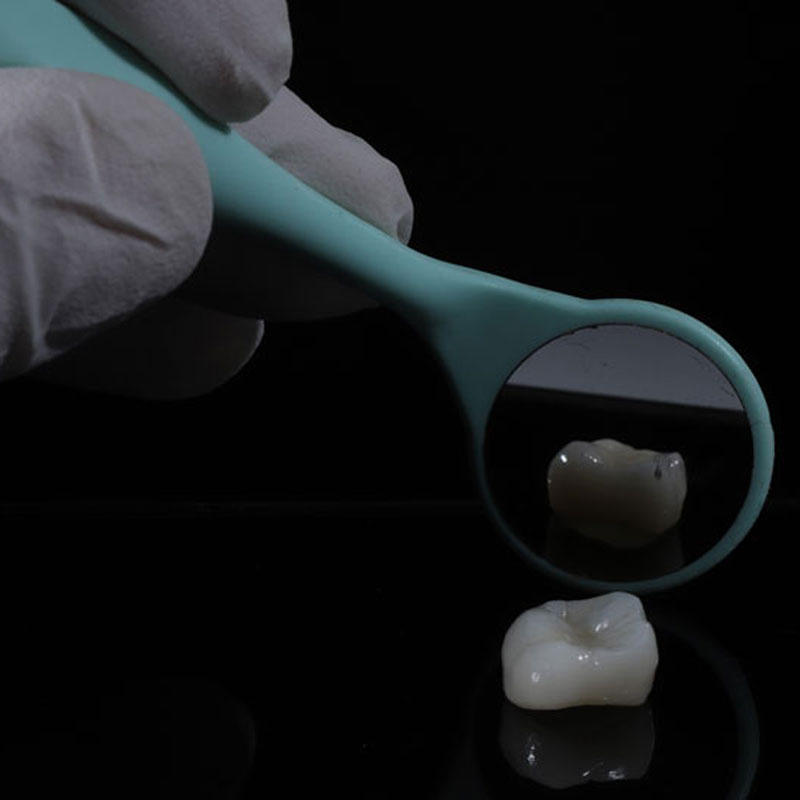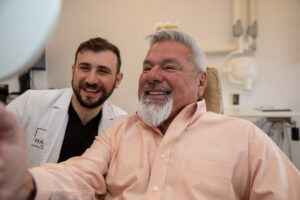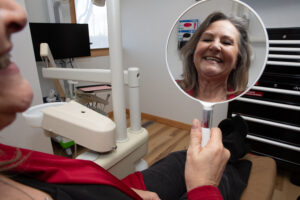Fundamental Insights into Dental Bridges
Understanding the basics of dental bridges is key to recognizing their role in dental restorations. A dental bridge, essentially, is a fixed appliance that replaces one or more missing teeth by bridging the gap between healthy teeth or dental implants. By anchoring artificial teeth—known as pontics—between supporting crowns, dental bridges effectively restore function and appearance to a smile. This restoration not only enhances aesthetics but also prevents remaining teeth from drifting out of position. Furthermore, bridges make eating and speaking easier, ensuring patients maintain their natural facial structure. Overall, the primary goal of a dental bridge is to provide an aesthetically pleasing and functional solution to tooth loss.
Dental bridges are quite adaptable, allowing for restoration across various contexts. They are a common choice for those seeking to maintain the integrity of their oral health after tooth loss. As bridges are built to seamlessly blend with one’s natural teeth, they offer a discreet and effective solution to restoring missing teeth. The benefits extend beyond aesthetics, as they also distribute the forces in your bite properly by replacing missing teeth. In essence, dental bridges are an invaluable component of modern dentistry, offering longevity and resilience in smile restorations.
Exploring Varieties of Dental Bridges for Optimal Solutions
Diving into the types of dental bridges available reveals their diverse applications in dental care. Traditional bridges are the most common, involving one or more crowns anchored to natural teeth or implants on either side of the gap. Cantilever bridges, on the other hand, are used when there are teeth only on one side of the missing tooth or teeth. Maryland bridges use a metal or porcelain framework bonded to the backs of adjacent teeth and are popular for their conservative approach. Additionally, implant-supported bridges offer a robust solution by anchoring to dental implants rather than surrounding teeth. Each type plays a unique role, catering to distinct dental situations based on specific patient needs and dental health statuses.
The decision on which type of bridge to use hinges on several factors such as the location of the missing teeth, the condition of the supporting teeth or implants, and the patient’s personal preferences and budget. Selecting the appropriate bridge type is crucial and often a personalized decision guided by professional evaluation. For instance, while traditional bridges offer solid support, those requiring minimal alteration to adjacent teeth might opt for a Maryland bridge. Similarly, implant-supported bridges provide added stability, ideal for situations with multiple missing teeth. Ultimately, identifying the right type not only restores functionality but also ensures comfort and satisfaction for the long term.
Navigating the Dental Bridge Procedure for Comfort and Success
Receiving a dental bridge involves a detailed and meticulous process, starting with an initial consultation. During this visit, a thorough examination identifies the most suitable type of bridge based on your dental health and needs. The process proceeds with preparation of the abutment teeth, which includes reshaping them to accommodate crowns. Impressions are then taken to create a custom bridge that fits the patient perfectly. Once the bridge is crafted, it is temporarily placed for a few weeks to evaluate fit and function. Any necessary adjustments are made to ensure the bridge is comfortable and performs effectively. Eventually, the final bridge is permanently fixed, completing the restoration procedure.
Each step of the procedure is essential for the bridge’s functionality and longevity. The customization process ensures a natural look and feel, blending seamlessly with the patient’s existing teeth. Temporary bridges allow patients to enjoy normal activities as they wait for their permanent restoration. This comprehensive approach minimizes discomfort while maximizing results, reflecting the precision and care involved in modern dental practices. An adept bridge dentist is crucial in guiding and executing this process, emphasizing the need for professional expertise in achieving a successful, lasting outcome.
Maximizing Longevity with Post-Treatment Care for Dental Bridges
Post-treatment care is pivotal to extending the life of dental bridges, ensuring their durability and function. Good oral hygiene is paramount, as the abutment teeth must remain healthy to support the bridge securely. Regular brushing, flossing, and use of an antibacterial mouthwash help prevent decay and gum disease around the bridge. Additionally, it is advisable to avoid overly hard or sticky foods that may damage the bridge or surrounding teeth. Consistent dental check-ups also play a crucial role in monitoring the health and fit of the bridge, allowing for prompt interventions if issues arise. Such measures collectively bolster the longevity and performance of dental bridges.
Furthermore, personalized advice from a bridge dentist can enhance post-treatment care, tailored specifically to the patient’s lifestyle and needs. A dental practitioner offers guidance on best practices suited to maintaining both the bridge and overall oral health, fostering a partnership that empowers patients to maintain their restorations. Here at HAR Dental, we emphasize comprehensive care to ensure our patients enjoy the full benefits of their dental bridges. Integrating cutting-edge technology and personalized care plans, Dr. Omar Harmouche leads our team in delivering exceptional results. Schedule a consultation with us today to embark on your journey towards a lasting, resilient smile.
Are you ready to restore your smile at our skilled and trusted dental practice? Don’t wait to get the smile of your dreams with us. Get in contact with our doctor, Dr. Harmouche and our exceptional team at our practice to schedule an appointment today!






